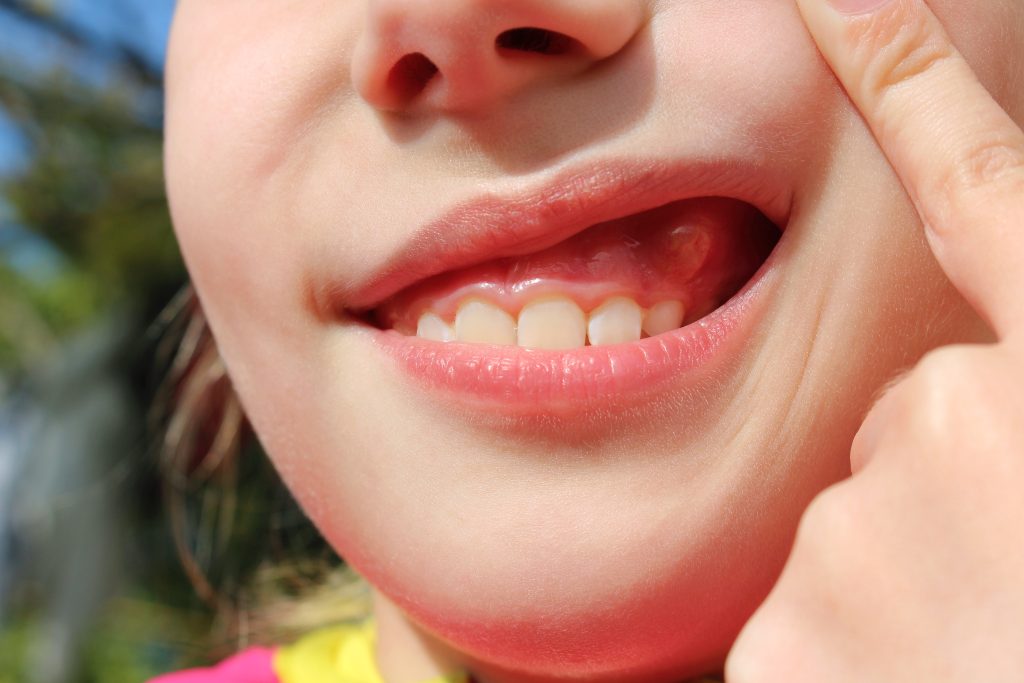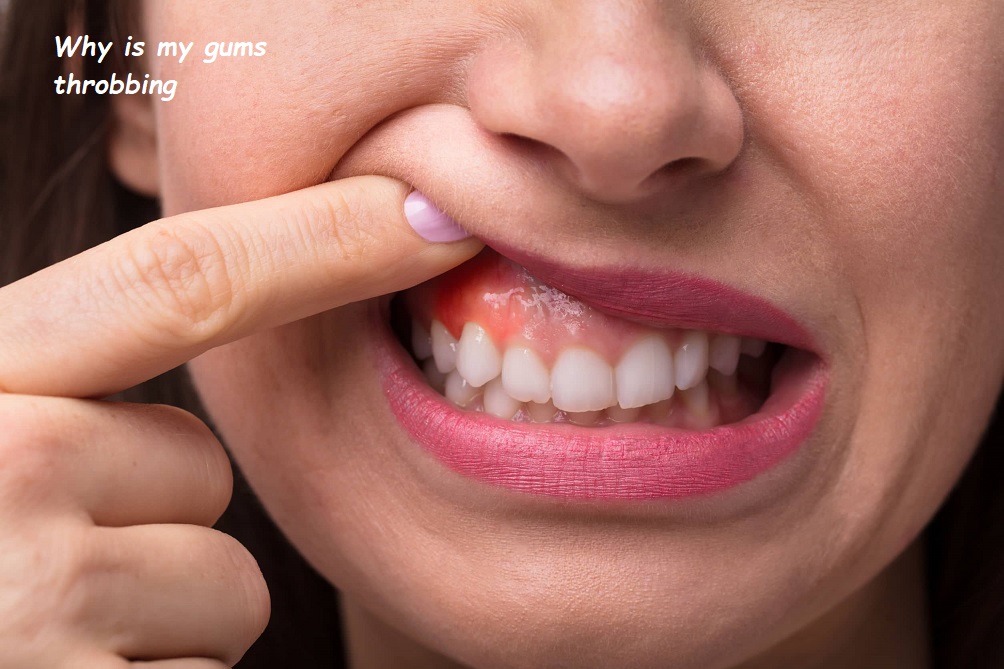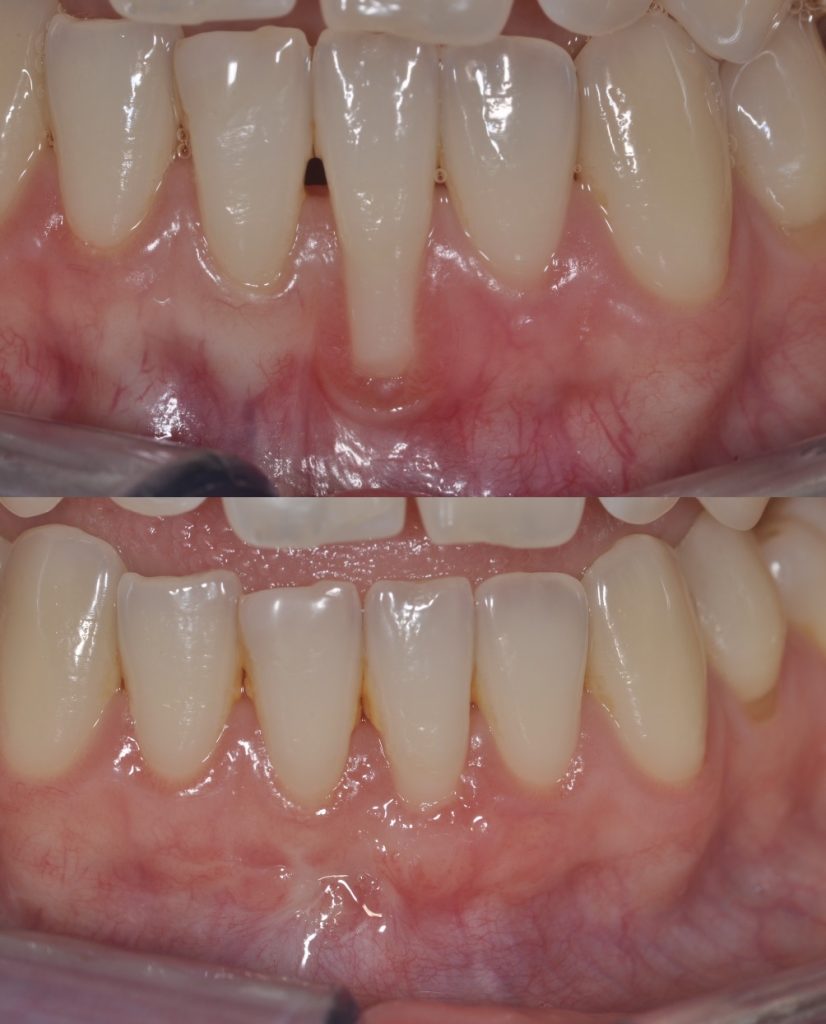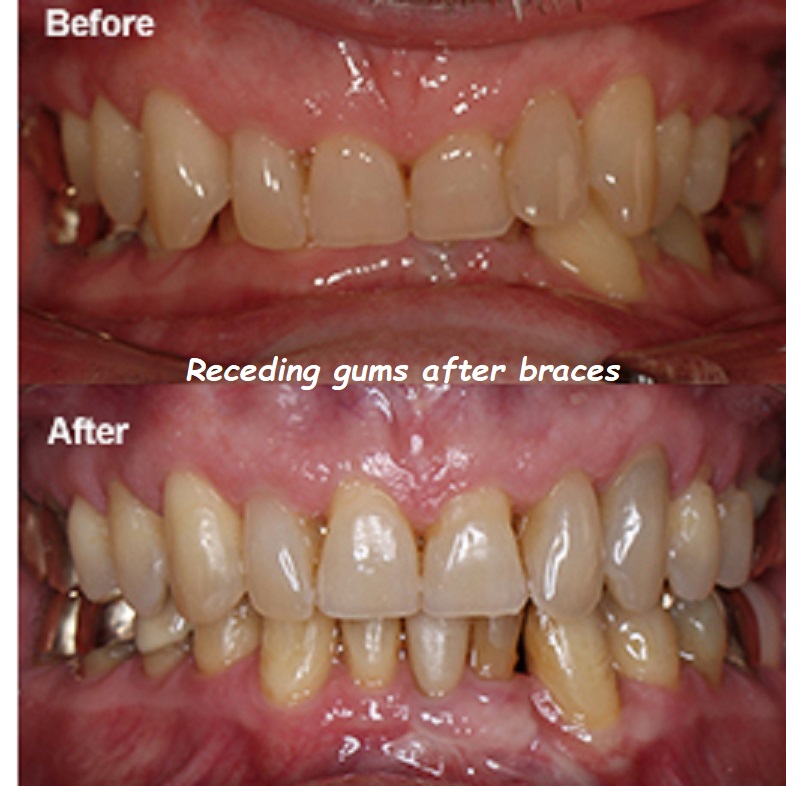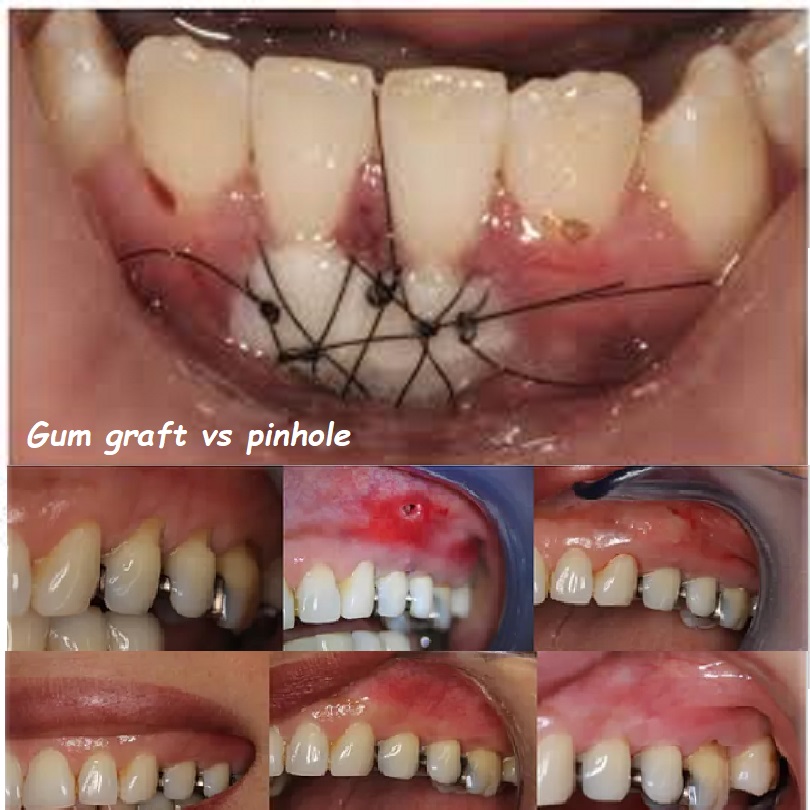Gum post surgery toothbrush
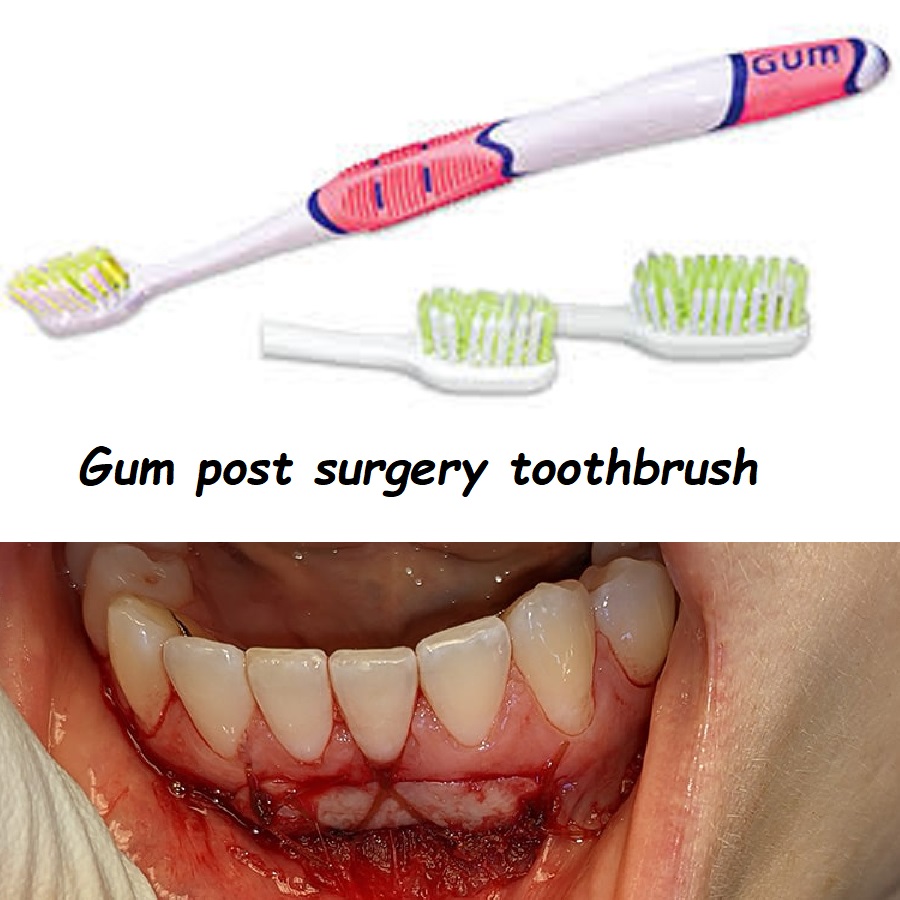
Gum Post-Surgery Toothbrush: How to Care for Your Gums After Oral Surgery
Undergoing gum surgery can be an important step toward improving your oral health, whether it’s for treating gum disease, addressing gum recession, or performing other periodontal procedures. However, the recovery process is crucial to the success of the surgery, and choosing the right toothbrush is an essential part of that process. Using the proper gum post-surgery toothbrush can help you care for your gums effectively, promote healing, and prevent complications.
In this comprehensive guide, we’ll explore the importance of using the right toothbrush after gum surgery, how to choose the best toothbrush for your needs, and tips for maintaining oral hygiene during your recovery.
Understanding Gum Surgery
Before diving into the specifics of post-surgery care, it’s important to understand what gum surgery involves and why it’s performed.
What Is Gum Surgery?
Gum surgery, also known as periodontal surgery, encompasses a range of surgical procedures aimed at treating various gum-related issues. These procedures are typically performed by a periodontist (a specialist in gum diseases) and are designed to improve the health, function, and appearance of the gums.
Common Types of Gum Surgery
There are several types of gum surgery, each addressing different issues:
- Gingivectomy: This procedure involves the removal of diseased gum tissue to eliminate pockets between the gums and teeth. It’s often used to treat advanced gum disease (periodontitis).
- Gingivoplasty: Gingivoplasty reshapes healthy gum tissue to improve the aesthetics of the gums, often after a gingivectomy or other periodontal treatments.
- Flap Surgery: Also known as pocket reduction surgery, flap surgery involves lifting the gums away from the teeth to remove tartar and bacteria from deep pockets. The gums are then repositioned to fit more snugly around the teeth.
- Gum Grafting: This procedure is used to treat gum recession by transplanting healthy gum tissue from another area of the mouth (or using donor tissue) to cover exposed tooth roots.
- Crown Lengthening: Crown lengthening is performed to expose more of the tooth’s structure, often to prepare the tooth for a crown or other restoration.
Why Is Post-Surgery Care Important?
Proper care after gum surgery is essential for ensuring a smooth recovery, promoting healing, and achieving the desired results. The gums are delicate tissues, and they require special attention during the healing process to prevent complications such as infection, excessive bleeding, or delayed healing.
One of the most important aspects of post-surgery care is maintaining good oral hygiene while being gentle on the healing gums. This is where the right toothbrush comes into play.
The Importance of a Gum Post-Surgery Toothbrush
After gum surgery, your gums will be sensitive, swollen, and possibly prone to bleeding. Using a toothbrush that is too hard or abrasive can irritate the surgical site, disrupt the healing process, and even cause damage to the delicate gum tissue. Therefore, selecting the right toothbrush is crucial for protecting your gums and ensuring a successful recovery.
Why a Soft-Bristled Toothbrush Is Essential
When it comes to brushing your teeth after gum surgery, a soft-bristled toothbrush is non-negotiable. Soft bristles are gentle on the gums and provide effective cleaning without causing trauma to the surgical site.
Benefits of a Soft-Bristled Toothbrush:
- Gentle on Gums: Soft bristles are less likely to cause irritation or bleeding, making them ideal for use on sensitive, healing gums.
- Effective Cleaning: Despite being gentle, soft-bristled toothbrushes are still effective at removing plaque and food particles from the teeth and gums.
- Prevents Damage: A toothbrush with soft bristles reduces the risk of damaging the sutures or disrupting the surgical site, which is critical for proper healing.
The Role of Toothbrush Design in Post-Surgery Care
In addition to the softness of the bristles, the design of the toothbrush itself can play a role in post-surgery care. Here are some features to look for:
1. Small Brush Head
A toothbrush with a small, compact brush head is easier to maneuver around the mouth, especially when trying to avoid sensitive or healing areas. This allows for more precise cleaning and reduces the risk of accidentally brushing over the surgical site.
2. Flexible Neck
A toothbrush with a flexible neck can help you adjust the angle of brushing to reach all areas of your mouth comfortably, including hard-to-reach spots around the back teeth. This flexibility is especially useful when trying to avoid putting pressure on the healing gums.
3. Ergonomic Handle
An ergonomic handle provides a comfortable grip, making it easier to control the toothbrush and apply gentle pressure when brushing. This is important for maintaining control and avoiding excessive force, which could harm the healing gums.
How to Choose the Best Gum Post-Surgery Toothbrush
Choosing the right toothbrush after gum surgery involves considering both the softness of the bristles and the overall design of the toothbrush. Here are some tips to help you make the best choice:
1. Opt for Extra-Soft Bristles
While soft bristles are essential, extra-soft bristles are even better for post-surgery care. Extra-soft bristles provide the gentlest cleaning experience, minimizing the risk of irritation and discomfort.
- Tip: Look for toothbrushes labeled as “extra soft” or “ultra-soft.” These toothbrushes are specifically designed for sensitive gums and post-surgical care.
2. Consider an Electric Toothbrush
Electric toothbrushes can be a good option for post-surgery care, as they often come with settings that allow for gentle brushing. Many electric toothbrushes also feature small brush heads and offer a more consistent brushing motion, which can be beneficial for maintaining oral hygiene during recovery.
- Tip: Choose an electric toothbrush with a “sensitive” or “gentle” mode to ensure that the brushing action is soft and suitable for healing gums.
3. Manual vs. Electric: Which Is Better?
Both manual and electric toothbrushes can be effective for post-surgery care, but the choice ultimately depends on your personal preference and comfort level.
- Manual Toothbrush: A manual toothbrush with extra-soft bristles is a good option if you prefer to have full control over the brushing process. Manual brushing allows you to adjust the pressure and avoid sensitive areas more easily.
- Electric Toothbrush: An electric toothbrush with a sensitive mode can provide a gentle yet thorough cleaning. The consistent brushing motion can help remove plaque without requiring excessive pressure.
4. Consult Your Dentist
Your dentist or periodontist is your best resource when it comes to choosing the right toothbrush for post-surgery care. They can recommend specific brands or models that are best suited to your individual needs and the type of surgery you’ve had.
- Tip: Don’t hesitate to ask your dentist for recommendations on toothbrushes, toothpaste, and other oral hygiene products that are safe to use after gum surgery.
Proper Brushing Techniques After Gum Surgery
Using the right toothbrush is only part of the equation when it comes to caring for your gums after surgery. Proper brushing techniques are equally important to ensure that you clean your teeth effectively without causing harm to the healing tissues.
1. Be Gentle
After gum surgery, your gums will be sensitive and delicate. It’s important to be gentle when brushing to avoid irritating the surgical site.
- Tip: Use light, gentle strokes when brushing your teeth. Avoid pressing too hard on the toothbrush, as this can cause discomfort and disrupt the healing process.
2. Avoid Brushing the Surgical Site
In the days immediately following surgery, it’s best to avoid brushing directly over the surgical site to prevent irritation or damage to the healing tissue.
- Tip: Focus on brushing the teeth and gums away from the surgical area. You can gradually start brushing closer to the surgical site as the area begins to heal and your dentist gives the go-ahead.
3. Use a Circular Motion
When brushing, use small, circular motions to clean your teeth. This technique is gentle on the gums and helps remove plaque effectively.
- Tip: Hold the toothbrush at a 45-degree angle to your teeth and gums, and use short, circular strokes to clean the surfaces of your teeth.
4. Clean Your Tongue
Don’t forget to clean your tongue as part of your oral hygiene routine. Bacteria can accumulate on the tongue, contributing to bad breath and increasing the risk of infection.
- Tip: Use a tongue scraper or the back of your toothbrush to gently clean your tongue. Be sure to do this gently to avoid discomfort.
5. Rinse with Care
Rinsing your mouth after brushing is important for removing any remaining toothpaste or debris, but it’s important to do so gently after gum surgery.
- Tip: Use a mild, alcohol-free mouthwash or a saltwater rinse to gently cleanse your mouth. Avoid swishing too vigorously, as this can disturb the surgical site.
Caring for Your Gums After Surgery
In addition to using the right toothbrush and proper brushing techniques, there are other important aspects of post-surgery care that can help promote healing and protect your gums.
1. Follow Post-Operative Instructions
Your dentist or periodontist will provide you with specific instructions for caring for your gums after surgery. It’s important to follow these instructions closely to ensure a smooth recovery.
- Tip: If you have any questions or concerns about your post-operative care, don’t hesitate to contact your dental professional for clarification.
2. Maintain a Soft Diet
In the days following gum surgery, it’s best to stick to a soft diet to avoid putting pressure on the surgical site and to minimize discomfort.
- Tip: Choose soft foods that are easy to chew, such as yogurt, applesauce, mashed potatoes, and smoothies. Avoid crunchy, hard, or sticky foods that could irritate the gums.
3. Avoid Tobacco Products
Smoking or using other tobacco products can impair healing and increase the risk of complications after gum surgery. It’s important to avoid tobacco use during your recovery.
- Tip: Consider using this time as an opportunity to quit smoking. Your dentist can provide resources and support to help you quit.
4. Stay Hydrated
Staying hydrated is important for overall health and can help keep your mouth clean and moist during recovery. Drinking plenty of water can also help flush away food particles and bacteria.
- Tip: Drink at least 8 glasses of water a day, and avoid sugary or acidic drinks that could irritate the gums.
5. Use Ice Packs for Swelling
Swelling is a common side effect after gum surgery. Applying an ice pack to the outside of your cheek can help reduce swelling and provide relief.
- Tip: Apply the ice pack for 15 minutes at a time, with 15-minute breaks in between. Be sure to wrap the ice pack in a cloth to protect your skin.
6. Take Prescribed Medications
Your dentist may prescribe medications to help manage pain, reduce inflammation, or prevent infection after gum surgery. It’s important to take these medications as directed.
- Tip: If you experience any side effects or have concerns about your medications, contact your dentist or healthcare provider for guidance.
7. Attend Follow-Up Appointments
Follow-up appointments are an important part of the recovery process. Your dentist will monitor your healing progress, check for any signs of complications, and make any necessary adjustments to your treatment plan.
- Tip: Be sure to attend all scheduled follow-up appointments, and report any unusual symptoms or concerns to your dentist.
Common Questions About Gum Post-Surgery Toothbrushes
If you’re new to gum surgery or have concerns about caring for your gums after the procedure, you may have some questions about toothbrushes and post-operative care. Here are some common questions and answers:
1. How Soon Can I Start Brushing After Gum Surgery?
In most cases, you can start brushing your teeth the day after gum surgery. However, it’s important to avoid brushing directly over the surgical site until your dentist gives you the go-ahead.
- Answer: Start brushing the teeth away from the surgical area using a soft-bristled or extra-soft toothbrush. Gradually begin brushing closer to the surgical site as it heals and as advised by your dentist.
2. Can I Use an Electric Toothbrush After Gum Surgery?
Yes, you can use an electric toothbrush after gum surgery, but it’s important to use it on a gentle setting. Many electric toothbrushes have a “sensitive” or “gentle” mode that is suitable for use on healing gums.
- Answer: Make sure to choose an electric toothbrush with soft bristles and a gentle mode. Avoid using high-speed settings that could irritate the gums.
3. Should I Use a Special Toothpaste After Gum Surgery?
Your dentist may recommend a specific type of toothpaste after gum surgery, especially if you have sensitive teeth or gums. Some patients benefit from using a toothpaste designed for sensitive teeth or one that contains fluoride to strengthen the enamel.
- Answer: Follow your dentist’s recommendations regarding toothpaste. If no specific toothpaste is recommended, choose a gentle, fluoride toothpaste that is free of harsh abrasives.
4. How Long Should I Use a Soft-Bristled Toothbrush After Surgery?
It’s generally recommended to use a soft-bristled toothbrush for at least a few weeks after gum surgery until the gums have fully healed. In some cases, your dentist may advise continuing to use a soft-bristled toothbrush long-term, especially if you have sensitive gums.
- Answer: Follow your dentist’s guidance on how long to use a soft-bristled toothbrush. If you have concerns about switching back to a regular toothbrush, discuss them with your dentist.
5. What Should I Do If My Gums Start Bleeding When I Brush?
It’s not uncommon to experience some mild bleeding when brushing your teeth after gum surgery. However, if the bleeding is persistent or heavy, it’s important to contact your dentist.
- Answer: Use gentle brushing techniques and avoid brushing directly over the surgical site until it has healed. If you experience heavy bleeding, contact your dentist for advice.
Conclusion: Caring for Your Gums After Surgery with the Right Toothbrush
Choosing the right toothbrush after gum surgery is a critical step in ensuring a successful recovery and maintaining the health of your gums. A soft-bristled or extra-soft toothbrush provides the gentle care needed to clean your teeth effectively without causing irritation or harm to the healing tissues. By combining the right toothbrush with proper brushing techniques, good oral hygiene practices, and careful attention to post-operative care instructions, you can help promote healing and protect your gums after surgery.
If you have any questions or concerns about which toothbrush to use or how to care for your gums after surgery, don’t hesitate to reach out to your dentist or periodontist. They can provide personalized advice and guidance to help you achieve the best possible outcome.
Have Questions About Gum Post-Surgery Toothbrushes?
If you’re unsure about how to care for your gums after surgery or need recommendations on the best toothbrush for post-surgical care, reach out to your dentist. They can offer expert guidance and support to help you navigate the recovery process and maintain your oral health.

